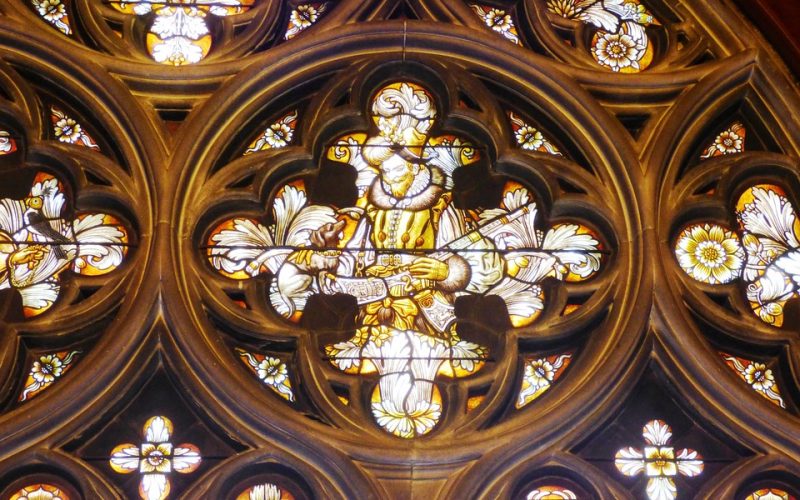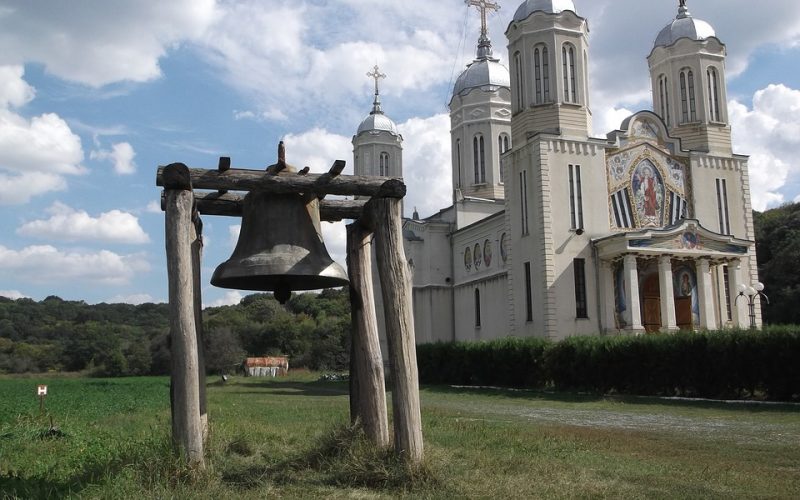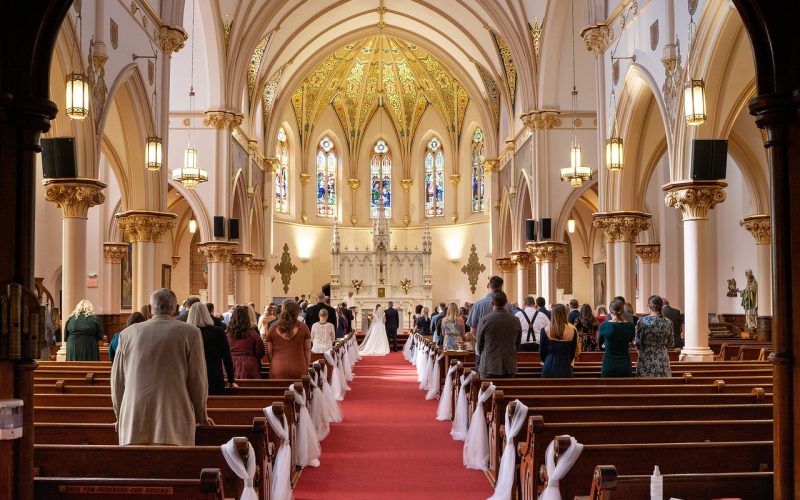Churches were built of stone in previous centuries for several different reasons. One reason was the availability of stone from local quarries. Stone masonry was also a well known trade in the distant past. This made a wide variety of craftsmen available to build churches. Another reason to build churches from stone was the durability of the material. It takes centuries to wear down most stone, and this includes the steps into the church.
Strength and continuity have always been hallmarks of churches. Building with stone helps to project these attributes, and many members have drawn on this thought when attending church. Having a building that lasts for decades or centuries also helps build a sense of continuity. Members are often raised in a particular church and tend to stay in the area as adults. They then bring their own children to the same church and experience the profound continuity of life.
One additional function of the church is to teach members the stories of the Bible. Classes are usually held for children, but some adults do attend Bible studies to learn more. An easy way to teach the stories to all generations is through the use of pictures. Churches often choose a particular story and have it depicted on their stained glass windows. This gives each church member a visual reminder of their faith.
Newer churches are generally not made completely of stone because it has become too expensive. Stained glass windows have suffered the same fate. Modern churches have traded solid stone for durable concrete structures. Those that need to cut building costs drastically use glass decals for their windows. Glass transfers are also designed and used in place of traditional windows. These modern building methods still impart the same continuity and faith, just at a more reasonable cost.


















